Understanding addiction can be complex. There are typically many factors that contribute to addictive behavior. It is crucial to understand risk factors to assess and identify how to reduce the risk of becoming addicted and treat the root cause.
This article will explore what addiction is, what common risk factors are, what anxiety is, and the relationship between anxiety and addiction. Many factors can rule substance abuse. Understanding the relationship between those factors can assist in the prevention of substance abuse. It can also help develop a more comprehensive, individualized treatment plan for a person, tailored to the individual’s history and needs.
What is Addiction?
Addiction is recognized as a chronic, treatable medical disease. This disease is shaped by a person’s life experience, environment, genetics, the total sum of those factors, and their connection to the brain. Individuals with addiction can engage in behavior or use of substances that become harmful, and despite the consequences, frequently continue.
When thinking of addiction, the first thought that may come to mind is substance abuse. Addiction is now typically recognized in two different categories: behavioral and chemical addiction.
- With behavioral addiction, a person craves or becomes dependent on a set of behaviors. Common behavioral addictions would be gambling, food, sex, and shopping. Therapy and support are recognized as valuable treatment options for behavioral addiction.
- Chemical addiction involves substance use and is often marked by the continued compulsion to use the substance regardless of the harmful or negative consequences. Continued substance abuse can cause lasting changes in how the brain functions. Treatment options for substance abuse can include, but are not limited to, inpatient treatment, outpatient rehabilitation, and therapy, just to name a few.
Engaging in behavior such as exercise, eating your favorite foods, or visiting friends can release a chemical messenger in the brain called dopamine. Dopamine is a messenger in your brain that can create a feeling of happiness or reward when engaging in certain activities. When the brain releases dopamine, it creates a reward loop initiating the desire to re-engage in the behavior that caused the enjoyable or pleasurable experience. The brain reinforces behavior that will increase the chance to engage in activities that pleasure is derived from.
Substance abuse can create an intense, euphoric, experience also causing a surge of dopamine to be released larger than normal. This response causes changes in how the brain functions. The desire to reinforce that large surge of dopamine can encourage the brain to look toward a substance instead of more positive activities that may be more healthy to produce the desired effect. By identifying risk factors that lead to addiction, we can work towards preventing substance abuse before it may start.
What are Common Risk Factors for Addictive Behavior?
Research has been poured into understanding the abuse of drugs, how it begins, and how it can be prevented. At certain stages in development, some risk factors may be stronger than others in influencing the likelihood of drug usage. Risk factors can include:
- Environmental: Family history, stress at home or in the environment, the influence of peers, drug availability. If there is little adult supervision, chronic stress in the home, coupled with the availability of drugs and peer pressure, all of those things can have an impact on especially children and adolescents and put them at increased risk of substance abuse and addiction.
- Mental illness: Anxiety, depression, mental disorders, etc. There are several possibilities for an increase in risk factors for this category. One of the possibilities is that substances can often be used as a coping mechanism or to influence their mood.
- Stage of development: It has been determined that the earlier the introduction and use of drugs begins, the more likely the risk for addiction. This can also stem from the changes that take place within the brain after repeated exposure to drugs. This may influence the use of substances and subsequent addiction later in life.
- Biology: Genetics can account for approximately half of an individual’s risk of developing an addiction.
What is Anxiety?
A natural response to stress, anxiety can be described as apprehension or a feeling of fear of what’s to come. Anxiety can be a response to common activities such as public speaking, a job interview, or the first day of school jitters. If the feelings of apprehension and fear become extreme, interfere with daily activities, and last longer than six months, it is important to seek a medical professional’s guidance to determine if you have an anxiety disorder.
An anxiety disorder can feel debilitating and can sometimes prevent you from engaging in activities you enjoy. Anxiety does not discriminate and at any age can affect anyone. According to the Anxiety and Depression Association of America, highly treatable, the most common mental illness in the U.S. is anxiety disorders. Each person’s experience with anxiety may feel different. General symptoms of anxiety can include:
- Difficulty concentrating
- Challenge in falling asleep or staying asleep
- Rapid breathing
- Increase in heart rate
- Feeling of restlessness
The exact cause of anxiety is unknown. Numerous factors can play a role in what causes anxiety. They can include brain chemistry, environment, genetic makeup, stress, and diet. It is important to pay attention to signs and symptoms of anxiety. Managing your anxiety can prevent the cycle of it being increased over time and the desire to cope in an unhealthy way. Some positive ways to manage anxiety include:
- Exercise
- Healthy diet
- Limiting triggers that can increase anxiety, such as alcohol or caffeine
- Make sure you are getting plenty of sleep
- Therapy
Is There a Relationship Between Anxiety and Addiction?
When experiencing anxiety, people can often turn to substance abuse to cope with their feelings. Substance abuse can be seen as a remedy for assisting with falling asleep, feeling calmer, or eliminating the feelings of apprehension and fear. This is risky behavior due to the addictive nature of drugs and is only temporary relief from the underlying issue. Individuals who have mental health disorders and substance use disorders have what is called a dual diagnosis.
It is important to treat a dual diagnosis together instead of separately treating the addiction problem and mental health disorder. These challenges may have been treated separately in the past, but we now understand that these disorders have a relationship and impact on one another. A combination of therapies can be used in treating a dual diagnosis. It is important to find a medical professional or treatment center equipped to treat your unique needs.
Signs of anxiety can include:
- Worrying excessively
- Fatigue
- Panic Attacks
- Irrational fears
- Feelings of agitation
- Trouble sleeping
Signs and symptoms of substance abuse can include:
- Personality changes
- Behavior thaSuspicious behaviort is suspicious
- Grooming habit changes
- Missing medication/drug presence
- Loss of interest in normal daily activities
- Loss or change of friends
- Lack of motivation
- Poor decision making
Dual Diagnosis Approach to Anxiety and Addiction
Support and learning positive coping mechanisms can assist with both managing anxiety and addiction. There are comprehensive treatment programs available that can help you start your journey to the management, recovery, and treatment care plan for after your recovery. Your treatment plan should cater to your individualized diagnosis and needs. It is important to remain comfortable and safe throughout your care.
Some key principles when seeking effective treatment options are:
- Treatment is unique to each individual.
- It is important to review treatment as necessary to adjust to changing needs.
- Addiction is a treatable disease but can often be complex. It affects brain function and behavior and requires addressing both the potential of mental disorders and addiction.
- It is imperative to remain in treatment for an adequate amount of time.
- In order to be effective, treatment does not need to be voluntary.
- Group, individual, and family counseling are among the most commonly used form of treatment for the abuse of drugs.
Summary
In summary, tackling anxiety and addiction alone can feel isolating and overwhelming. It is important to know that help is available and you are not alone. There is an enormous amount of courage in admitting you need help. If you are experiencing signs and symptoms of addiction, anxiety, or both, you need to seek a medical professional or treatment center’s guidance.
With treatment, therapy, and support groups, there is a path to recovery. You are worthy of a happy and healthy life.
Sources:
Types of Addiction and How They’re Treated | Healthline.com






